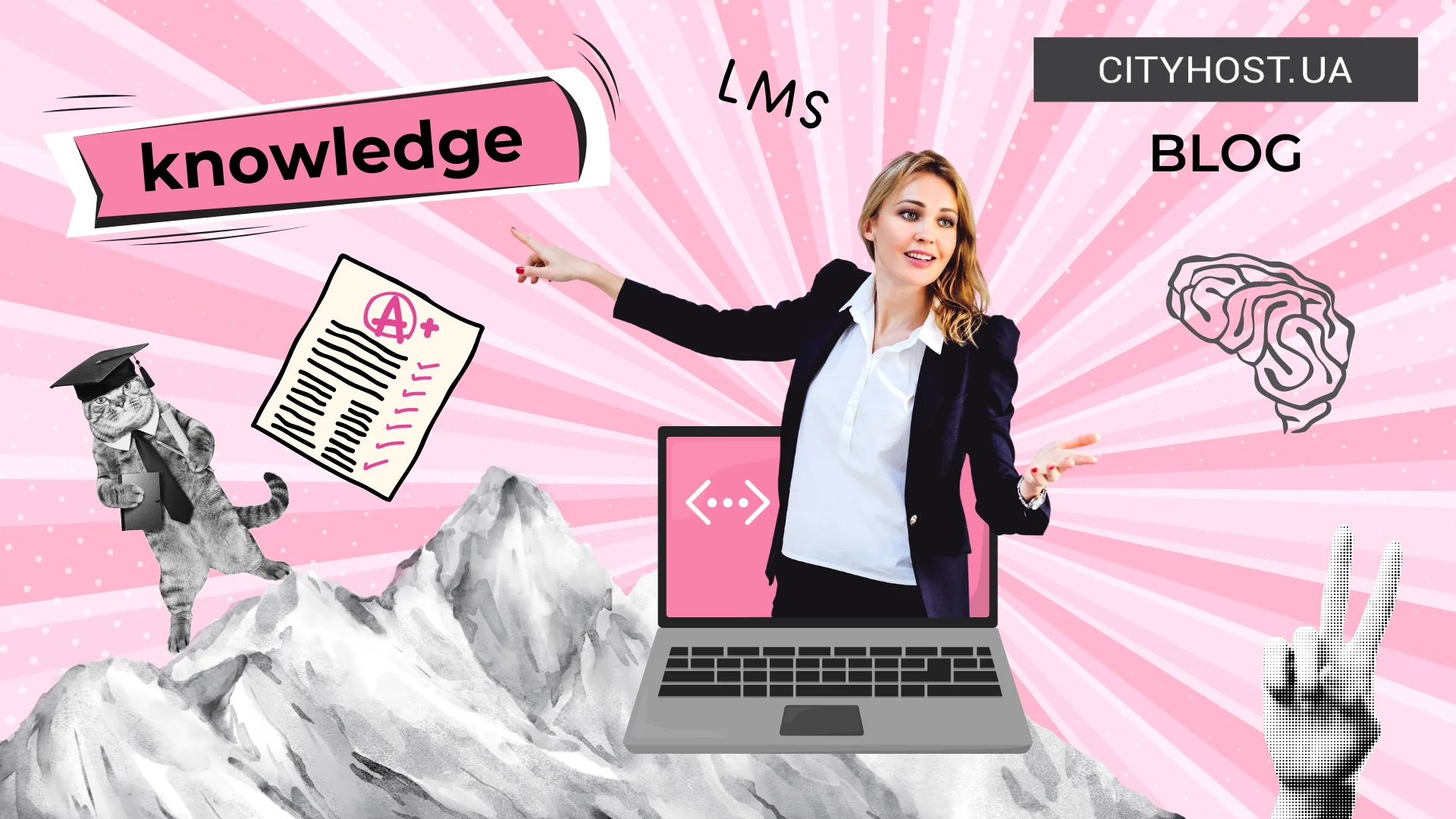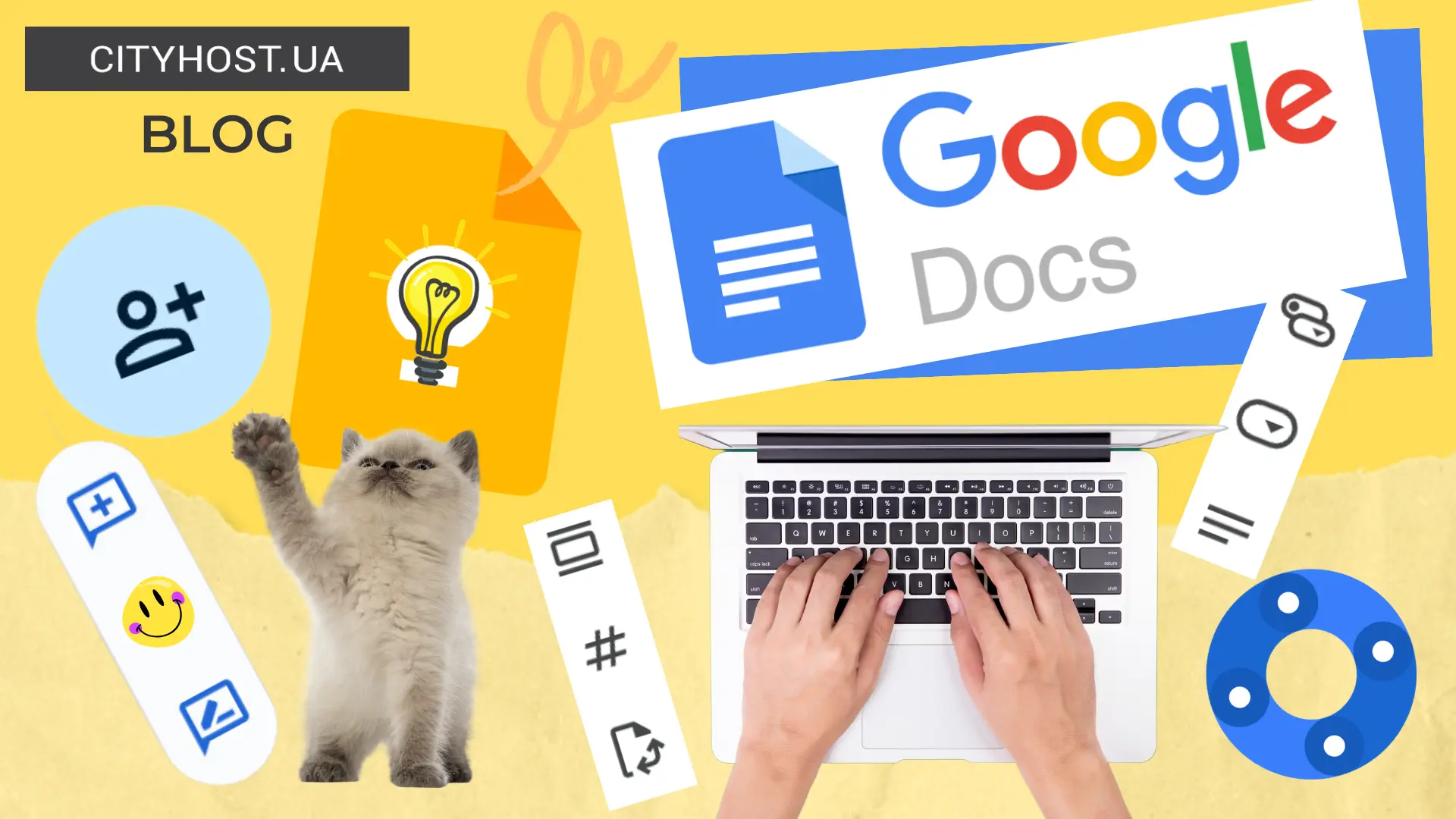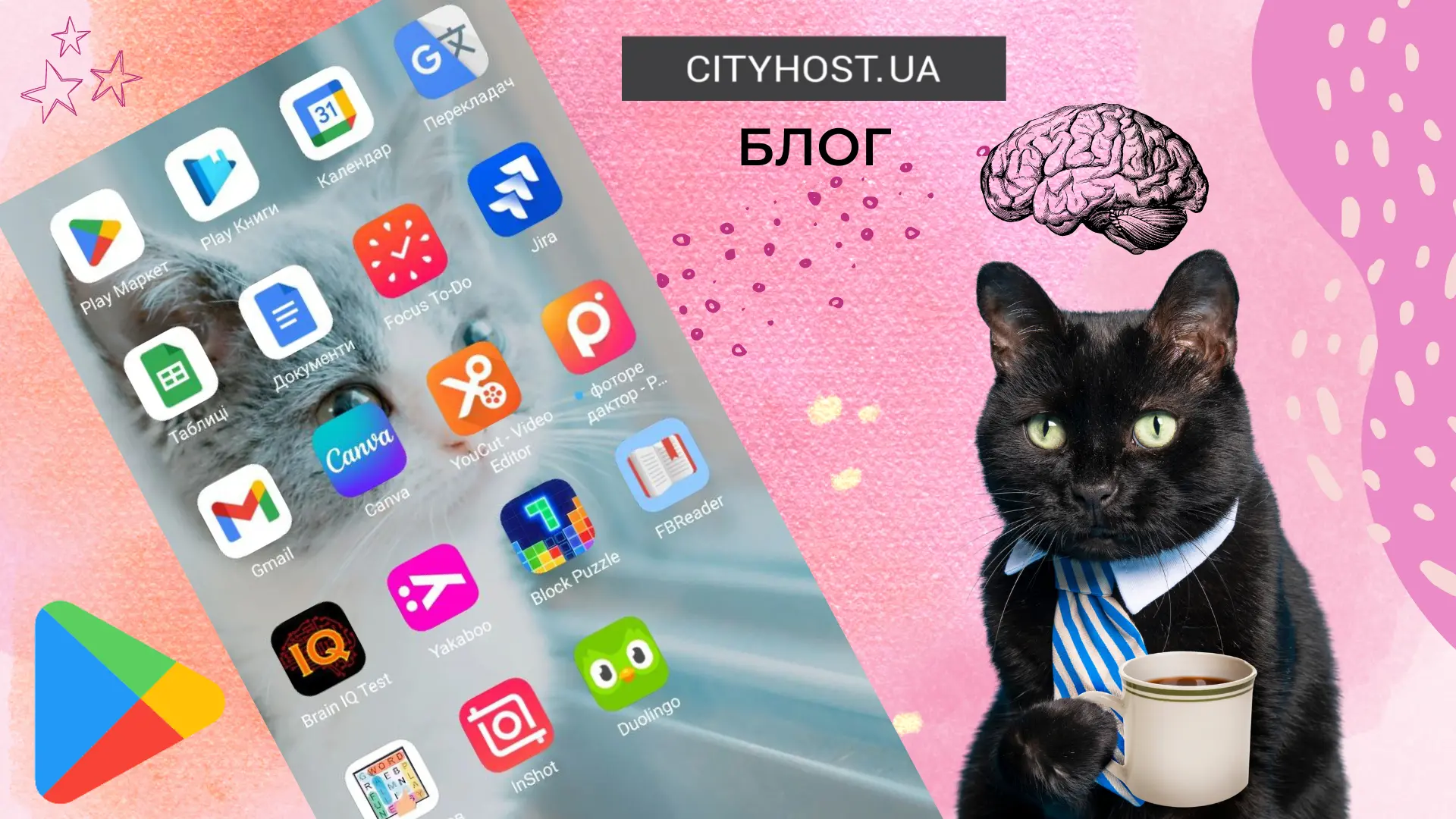
Starting from October 1, 2024, support for the Google Jamboard app will be discontinued. You will no longer be able to create new files, and existing ones will be converted to PDF format for easy viewing. Let's explore the reasons behind this and what to do if you have been using Jamboard for virtual whiteboards.
A virtual whiteboard is a very convenient tool for remote teams, but not only that. It's used for meetings, presentations, and even online education, which has become extremely relevant in recent years. Unlike a traditional whiteboard, it retains the history of notes and sticky notes, so you can always revisit them and reuse them, whereas a whiteboard written with markers will eventually be erased. This makes it a handy tool not only for a fully remote team but also for partially distributed teams or even for individual project brainstorming. Google’s Jamboard was particularly convenient because it supported multiple types of proprietary devices, allowing you to display the virtual board to students in a classroom or meeting participants on a large screen, and easily integrate it with Google Meet. However, this story is coming to an end.
Cityhost also offers products that can be used to create a shared work environment. Renting a server — either dedicated or VPS-VDS — will help set up a virtual office for remote work, enabling several specialists to work in CRM, accounting software, and other licensed programs that allow multiple accounts to connect simultaneously. Additionally, you can always configure remote server access for multiple administrators. The same advantages are available with the File Storage service — it allows up to 10 remote connections simultaneously.
Why Jamboard support is being phased out
The reason is simple: interactive whiteboards are used less frequently than their alternatives, and supporting them seemed unprofitable to Google. This is part of Google's policy to focus on more important and popular services, while those successfully replaced by partners will gradually be shut down. Google plans to collaborate more closely with partners whose services have proven to be better, aiming to integrate successful products — like Google Meet or Calendar — into their workspaces.
The shutdown will happen in stages: starting October 1, all files will only be available for viewing, with no option to edit them. After that, the date will come when Jamboard devices will no longer be supported. On December 31, 2024, the platform will be closed completely and all files will be deleted. The company encourages users to act proactively and choose where to migrate after the services close.
Also read: CRM systems — what they are, why they are needed and which one to choose
Alternatives recommended by Google
There are several services that Google refers to as its partners, which users preferred over Jamboard, according to surveys. In Google's official blog, it was mentioned that these companies would be developing solutions for physical Jamboard devices (the post is somewhat old, so the development is likely already completed or in the final stages). These services will also be compatible with Google Meet. So, let's take a look at them.
Fig Jam
This is an interactive whiteboard for designers from Figma. The beta version was released in 2021, but now it’s a fully developed whiteboard. The reason for its release, according to its creators, was the pandemic, as teams were spending less time in shared spaces and increasingly working remotely.
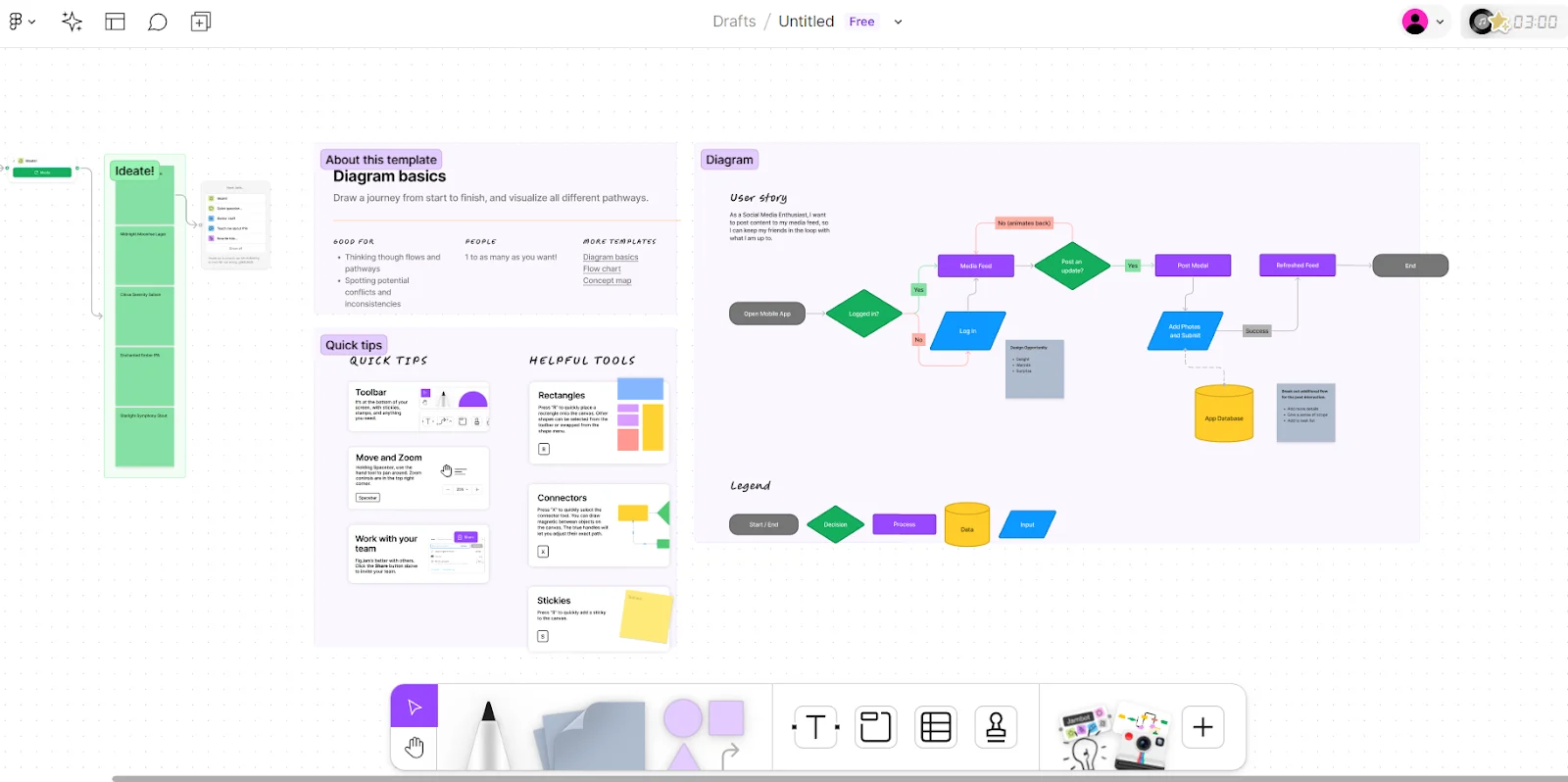
The board allows for brainstorming, voice communication, and idea development while working simultaneously in a virtual space. As of September 2023, this board can be used during presentations in Google Meet, as well as on Board 65 and Desk 27 devices.
Moreover, Fig Jam allows easy import of files from Jamboard, and the import option is available to all users. To import files, you can use the Fig Jam file browser, select the "Import from Jamboard" button, and log in to your Google account in the window that opens to link it to Figma. After this, you can import all the necessary files and use them on the new board. Here’s a short and detailed video.
Fig Jam will be very easy to use, especially for designers who already use Figma — essentially, it's the same tool but more focused on idea development. Other users might need some time to get accustomed to it. However, the service offers plenty of themes for educational purposes.
Also read: TOP-5 task managers for organizing teamwork
Lucidspark
Lucidspark by Lucid Software is a virtual whiteboard suitable for both work and education. Reviewers recommend it for Agile specialists, UI/UX designers, managers, and developers.
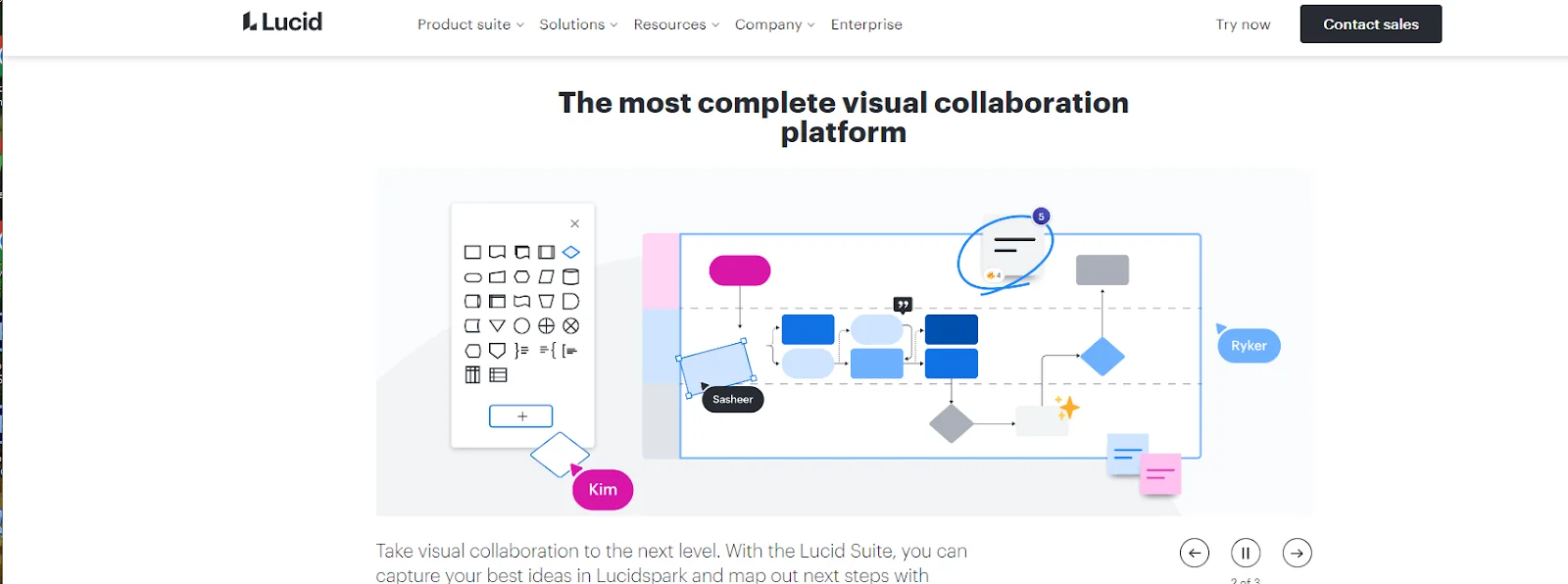
The creators of Lucidspark assure that imported documents from Jamboard will appear in Lucidspark exactly as they did before.
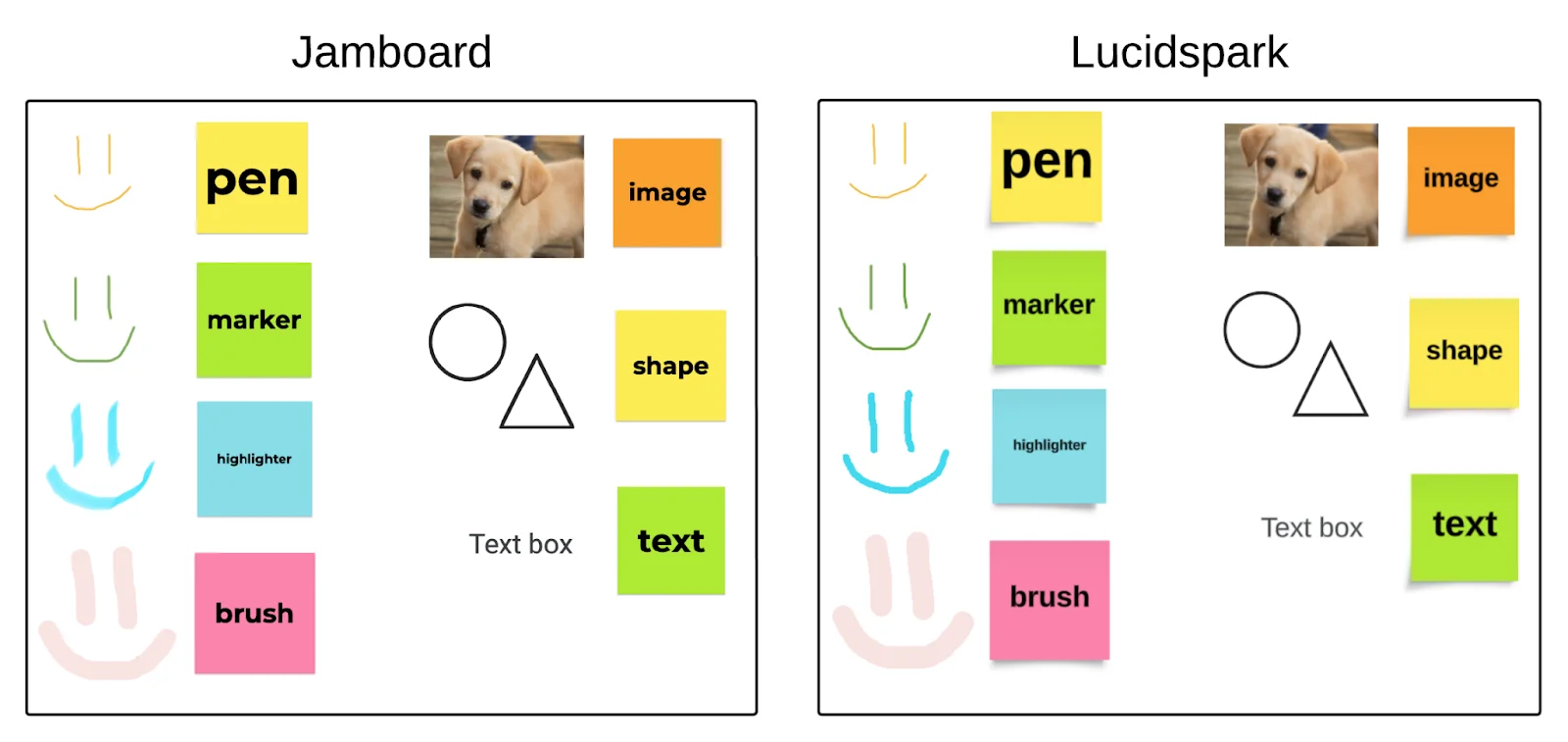
The migration process is similar to that for Fig Jam, as Lucidspark’s developers have pre-built the necessary functionality for users to smoothly transition from one service to another. Here’s a video tutorial for the process.
The import path looks like this: choose ‘New’ → ‘Import Document’ → ‘Jamboard Application’ → log into your Google account. Then you can select all the Jamboard documents you want to transfer. By default, a ‘Jamboards Import’ folder will appear in Lucidspark.
Additionally, files from Jamboard can be inserted into existing Lucidspark documents as PDFs. While you won’t be able to edit them, you can preserve the history of previous meetings or brainstorming sessions in that format.
On top of that, Lucidspark features experimental AI functions. These are designed to accelerate brainstorming: the AI can suggest ideas based on keywords, summarize brainstorming sessions, automatically categorize the ideas shared, and much more.
Miro
Miro is marketed as a convenient virtual whiteboard for project management. It was a pleasant surprise to find the Ukrainian version of the service’s website by default in my browser.
However, we face a major disappointment and a significant red flag. Miro, formerly known as RealTimeBoard, was created by the company Private. But there was no need to search for this company separately — just follow the links on Wikipedia: Founded in Russia 11 years ago. Although the company has since moved to San Francisco, it remains connected to Russia, and the extent of this connection is unclear.
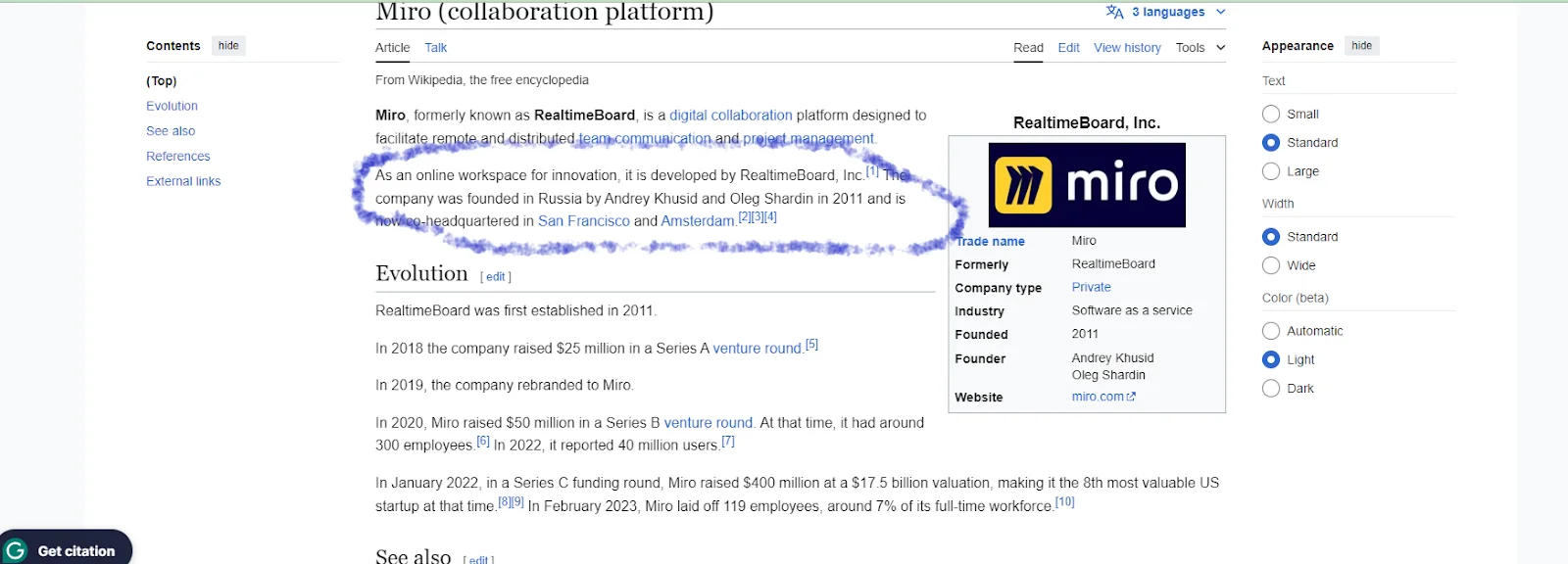
Nevertheless, this whiteboard also promises an easy migration from Google Jamboard.
Also read: TOP-5 online chats for the site: Gerabot, LiveChat, HelpCrunch, Tawk.to, KwizBot
Other Alternatives
In addition to the three services recommended by Google, several other companies offer similar features that can be useful.
For designers, Canva provides excellent tools for collaborative work. It has built-in whiteboards that automatically integrate with Google Drive, so migration should not be an issue.
For fans of Microsoft tools, Microsoft Whiteboard is a good option. It also integrates easily with other Microsoft services.
If you use PowerPoint, you might like ClassPoint — an online whiteboard service for PowerPoint users. It is mainly designed for educators, so it doesn’t allow real-time collaboration on the same board but adds gamification to motivate students.
This is not an exhaustive list: companies like Zoom, Lynx, and many others also offer solutions, though they are less well-known.
As a simple and free alternative to Jamboard, you can also use **Google Slides**. It will be intuitive for those already accustomed to Google services, plus it provides access to online collaboration, the ability to export presentations as PDF and PowerPoint files, and it’s completely free. While there are some limitations when it comes to drawing on the board, if you’ve only been using basic features, it’s worth considering.
When a familiar service that has been used for years without needing alternatives is shut down, it can be very frustrating. However, the world is changing quickly, and we are used to adapting. You might even find that the new service is more convenient than the old one. The key is hoping they don't shut them down too quickly.








